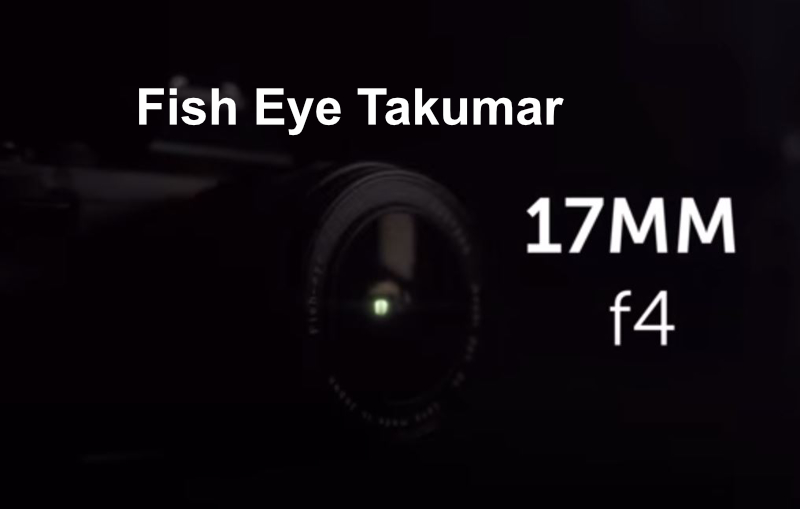
Fish Eye Takumar 17mm F4 SMC Vintage Lens Review
Fish Eye Takumar 17mm F4 SMC Vintage Lens Review – Take a look at the super rare, but very interesting, Super-Multi-Coated FISH-EYE-TAKUMAR 17mm f4 lens produced by Pentax.
Vintage Lens And Camera Reviews, Gear And Info

Fish Eye Takumar 17mm F4 SMC Vintage Lens Review – Take a look at the super rare, but very interesting, Super-Multi-Coated FISH-EYE-TAKUMAR 17mm f4 lens produced by Pentax.
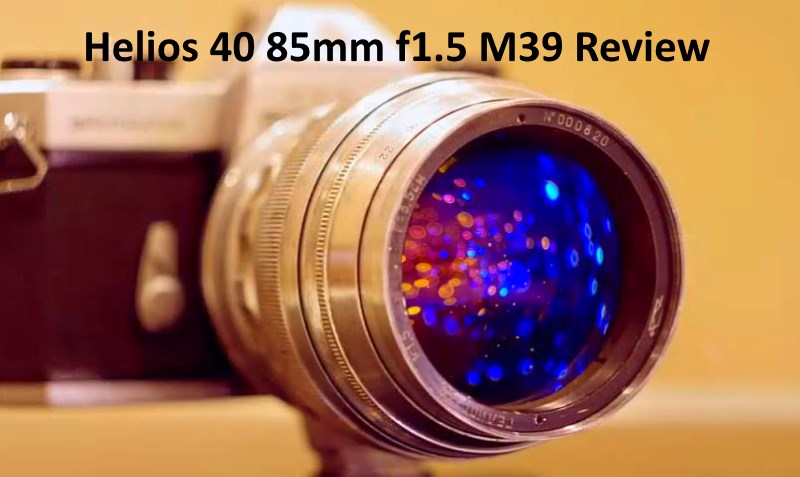
Helios 40 85mm f1.5 M39 Vintage Lens Review – Russian Helios 40 is one of the most sought after lenses made in the USSR. The lens has a 39mm SLR mount, and was made for use with the older Zenit cameras (Zenit, Zenit-S, Zenit-3, Zenit-3M), but its optical registration spacing is the same as in…
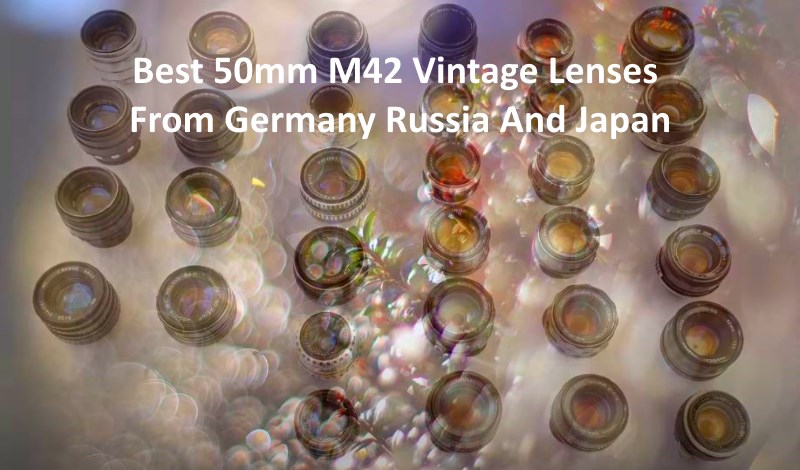
Best 50mm Vintage Lenses From Germany Russia And Japan – Take a look at the best M42 fast fifty ish classic lenses (50mm to 60mm), for specific types of photography, from ultra-close up, portrait, standard and, astro.
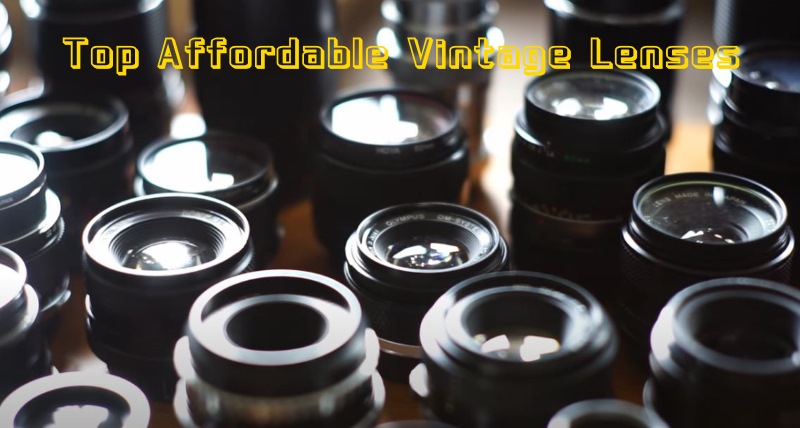
Top Affordable Vintage Lenses And Why – A Guide To The Best. If you are looking to get into vintage camera lenses this video will show off some of the best for the money.
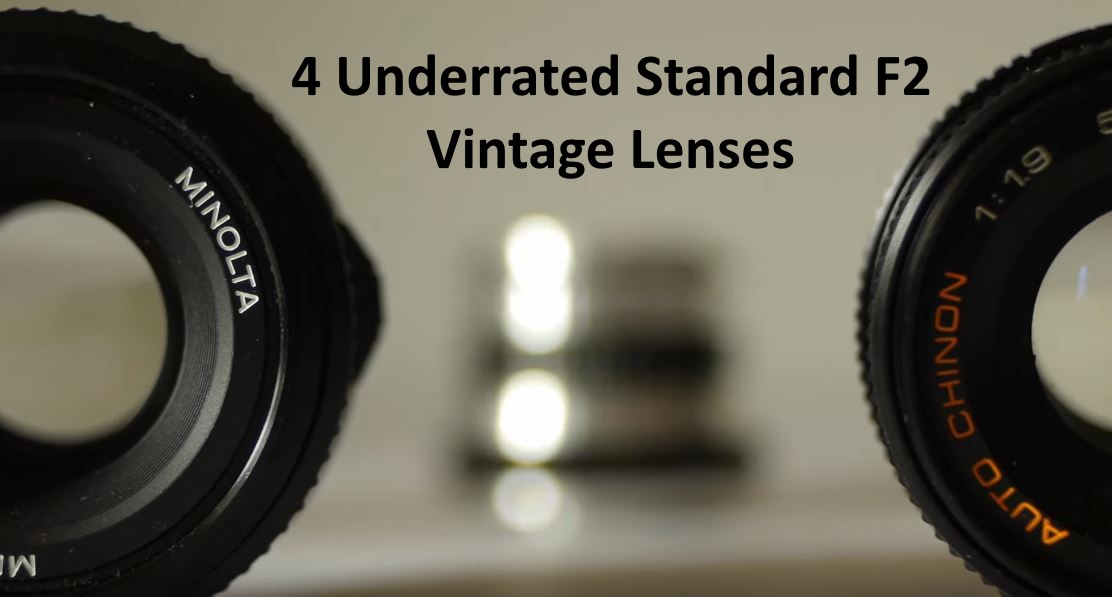
There are some wonderful vintage F2 lenses out there to be had for cheap. This video walks us through the testing of four great 50mm ish vintage lenses that still produce great background blur.
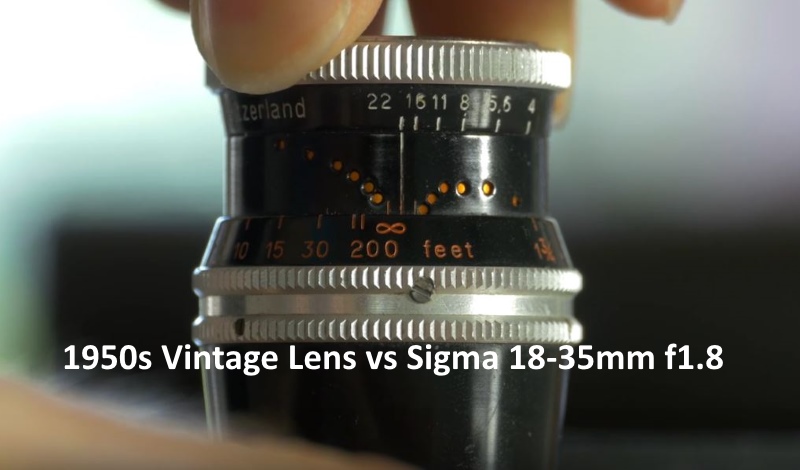
Testing the sharpness of a 1950s Vintage Lens vs the Sigma 18-35mm f1.8. Can the 1950’s era Kern Paillard 36mm f/2.8 D-mount hold up in sharpness to a modern DSLR lens know for it’s outstanding sharpness?
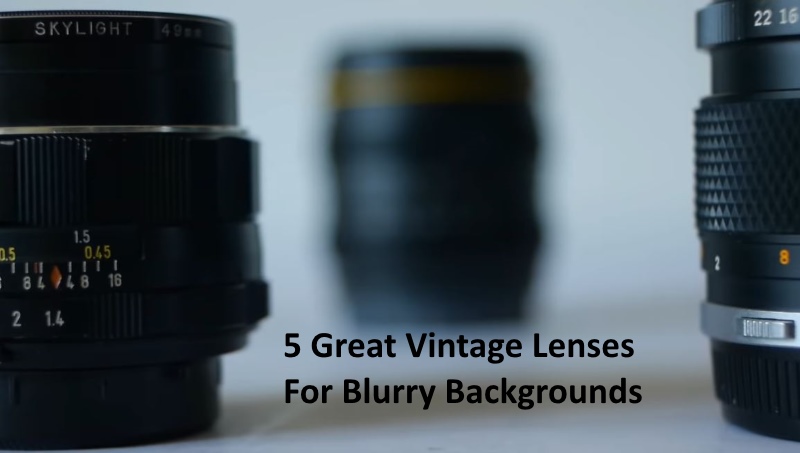
5 great vintage lenses for blurry backgrounds that are easy to find and affordable for most people. This video by Zenography shows off a few great vintage lenses that can produce good bokeh on the cheap.
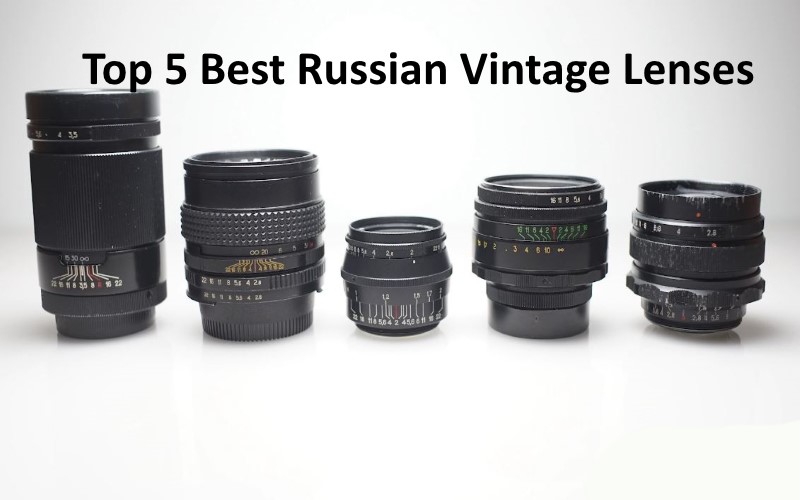
Top 5 Best Russian Or Soviet Vintage Lenses For Mirrorless Cameras like the Sony a7iii or Nikon and Canon models. Most of these lenses have a low price and all or them together can be had for cheaper than many of the new Sigma lenses.
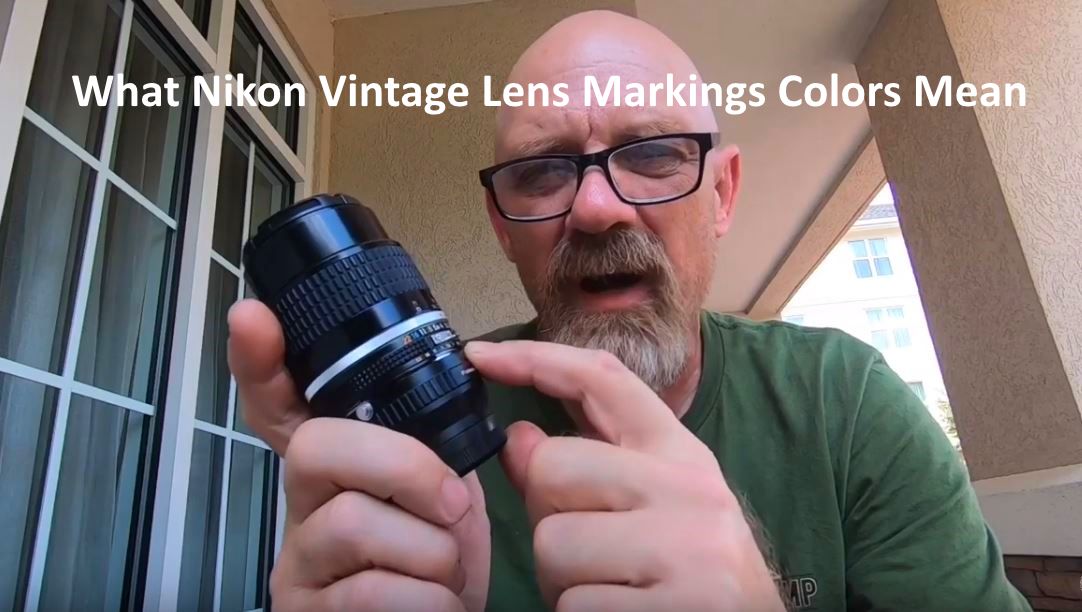
What do the Nikon AI and Nikon AIS vintage lens colors and marking mean and what are they for. This video will help you understand the color codes, numbers and why there are two different aperture scales on the lens.